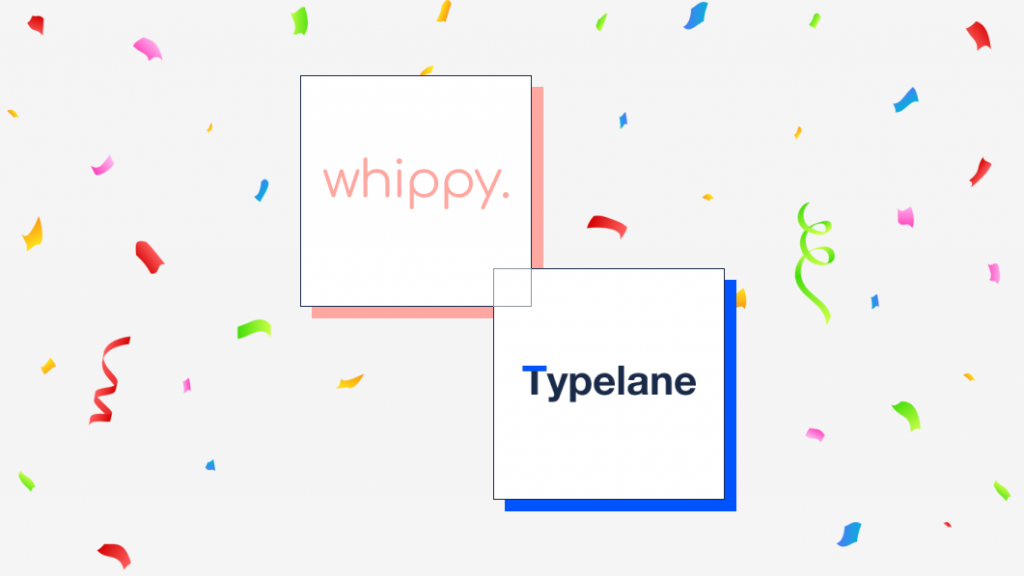5 easy steps to improve employee onboarding


Employee onboarding has long been seen as a big internal checklist that needs to be completed. The importance of tasks and checklists can’t be denied but employee onboarding and offboarding has grown to so much more.
Research shows that a whopping 88 percent of businesses do not do a good job of onboarding new employees.
We may reach a 100% checklist completion but that doesn’t necessarily mean that we have successfully onboarded a new hire. The best onboarding processes are the kind that find a good balance between the practical moments, the company’s story and the employee’s needs.
So how do you improve your employee onboarding? When looking at employee onboarding process and the low hanging fruit, a good start can be revisiting what exists, and thinking about the timing as well as length of the onboarding.
There are a few easy steps to take in order to improve your employee onboarding process. Steps that are simple to implement and which can make a big difference:
1. Setting clear expectations
One of the most common mistakes companies and managers make when onboarding new employees is not taking the time to make their expectations clear.
Taking the time and revising expectations for each role will generate great returns on the invested time. One of the most confusing things for a new hire is to understand what is expected of them. As well as along which lines ones performance will be evaluated. Before the hire starts, spend time defining expectations, walking them through their job responsibilities and how they will be evaluated.
It helps to give the new hires a chance to set goals for themselves. This will enable them to take ownership and get into the mindset of setting goals and being evaluated against them.
2. Investing your time
It’s important not to rush the employee onboarding process, either. Welcoming new hires takes time and it’s important to understand that you are investing your time into accelerating their time to productivity.
You may be eager for them to jump in and start tackling their responsibilities. However, keep in mind that it takes time to get accustomed to a new workplace and fully understanding ones responsibilities.
Make sure the onboarding process is continuous and stretches for enough time for the new hires to learn the key aspects of their position. Spending more time on this upfront will eliminate confusion and wasted time later on and lead to multiple benefits.
3. Bite sized learnings
On the flip side, it’s also possible to have too much of an onboarding process. This can mainly happen when you try to cram too much information within a too short time frame. Avoid making your onboarding process so rigorous that it intimidates or overwhelms new employees.
You should certainly teach them the details and expectations for their new position. But you should also make sure that the learnings are small and divided across a longer time period. This will enable them to pick up things as they go. One good way to think about this is to push more complex things later on in the process.
Look for ways to personalize the onboarding process. This will enable each new hire to learn their field even quicker.


4. Actively seeking feedback
The only way you’re going to be able to create a magical onboarding experience is by listening actively to those who have gone through it. Remember, your onboarding experience is a constant work in progress and should be revisited often. Especially since things internally move quite quickly.
Don’t just ask your new employees what they thought of the onboarding procedures. Instead, once they’ve finished, have them take some time to fill out a survey or answer questions about their experience.
This gives you more data to work with and provides you with more information on how to improve processes. Further down in the document we have included a list of questions that can help you kick-start this process!
5. Creating a human connection
Starting a new job is usually a very emotional process. A new hire will wonder if they will fit in, how things will be once they start and what their co-workers will be like.
A great way to help a new hire overcome this hurdle is by creating touch-points where you reach out.
This can be a manager that reaches out a few days ahead of their first week. Or that the team emails the new hire, it could also be personal phone call. We can’t stress the importance of building a personal connection, it’s essential for new hire integration.
We hope these tips are going to make it easy for you to improve your employee onboarding!
Sign up for our newsletter!
Fine-tune your knowledge within on- and offboardings with our monthly newsletters.


